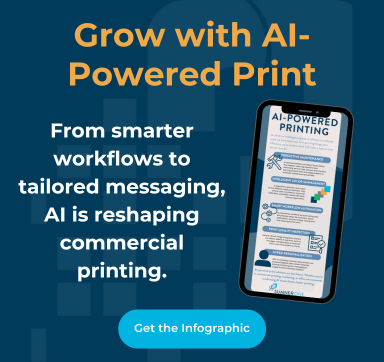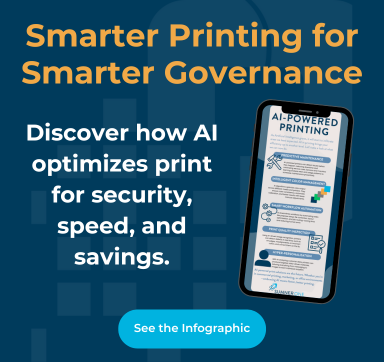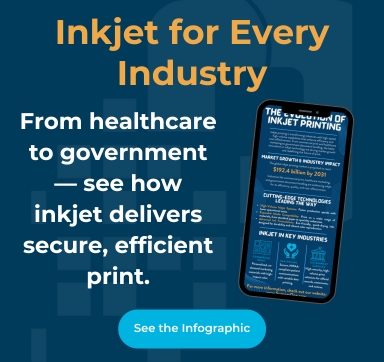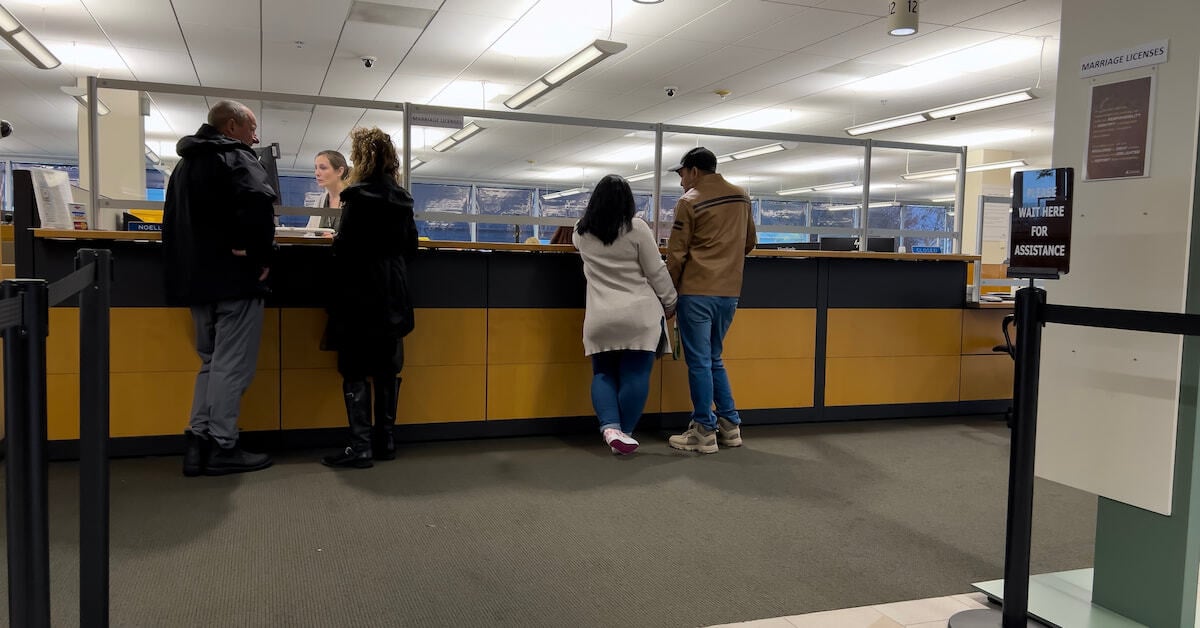
While classrooms become increasingly digital, one truth remains: students still rely on printed materials to learn, retain information, and stay organized. Print isn’t just paper; it’s a tool for equity, accessibility, and academic confidence. When schools make printing affordable, secure, and easy to access, they’re not just providing a service — they’re actively investing in student success.
1. The Problem: Not Every Student Has Equal Access to Learning Tools
Digital-first strategies are growing, but the reality is clear—not every student has reliable access to devices, internet, or personal printers at home. When printing becomes a privilege instead of a standard resource, students fall into two categories:
- Those who can print assignments, study materials, and notes when needed.
- Those who must go without—or rely on limited access at school, libraries, or shared spaces.
This is more than a convenience issue. It’s an equity issue.
Print allows students to annotate, highlight, re-read without distractions, and learn in a tangible, brain-friendly format. Without it, comprehension drops, stress rises, and student engagement suffers.
2. What Is Print Accessibility—And Why Does It Matter?
Print accessibility means ensuring students, staff, and faculty can easily create, access, and use printed materials when needed—securely, affordably, and without barriers (financial, physical, or technological).
Accessible print means:
- Affordable or subsidized printing for students
- On-campus print centers and self-service stations
- Mobile + cloud printing from any device
- Braille, large format, and dyslexia-friendly output
- Secure release to protect privacy for IEPs, health records, financial aid docs, etc.
When print is easy, secure, and equitable, student performance, engagement, and retention measurably improve.
3. The ROI: How Print Accessibility Pays Off for Schools
This isn’t just a feel-good initiative. It delivers tangible returns:
|
ROI Benefit |
Impact for K-12/Universities |
|
Higher Academic Performance |
Students who print and annotate score higher on tests and retain information longer. |
|
Retention & Enrollment Stability |
Schools seen as “supportive and accessible” keep more students through graduation. |
|
Lower IT & Help Desk Burden |
Self-service print reduces student tech complaints and device compatibility issues. |
|
Stronger Parent & Community Trust (K-12) |
Families notice when schools invest in tools that support every learner. |
|
Improved ADA & Compliance Standing |
Accessible print supports accommodations, IEPs, 504 plans, and OCR standards. |
4. Print Equity: Meeting Students Where They Are
Equity in print isn’t about giving every student the same; it’s about giving each student what they need to succeed. Examples:
- A high school senior printing FAFSA forms securely and confidentially.
- A visually impaired student receiving enlarged or Braille course packets.
- A first-year college student printing lecture slides because studying on a cracked phone screen isn’t sustainable.
- A student-athlete printing travel itineraries and coursework on demand from campus housing.
Schools that remove print barriers send a powerful message: “You belong here. We’re investing in your success.”
5. How K-12 and Higher Ed Can Make Print More Accessible
Step 1: Centralize & Modernize Printing Systems
- Secure print release, cloud print, badge/card access
- Cut waste while increasing access
Step 2: Offer Safe, Affordable Student Print Plans
- Allocated print credits or subscription models
- Optional pay-as-you-go with campus card or mobile pay
Step 3: Design for Accessibility & Inclusion
- Large font, high-contrast templates, Braille-ready output
- Paper options for IEPs, neurodiverse learners, visually impaired students
Step 4: Promote Availability & Remove Stigma
- Print access shouldn’t be a privilege for those who can afford personal devices
- Make it normal, expected, trusted
6. Beyond Service—This Is Loyalty & Legacy
When schools invest in print accessibility, they’re not just giving students paper—they’re giving them confidence, dignity, and the tools to learn anywhere.
It creates:
- More prepared students
- Engaged parents
- Trust in institutions
- Alumni who remember feeling supported
And that’s the true ROI of service.
Small changes in print access can create big shifts in learning equity. Contact SumnerOne to see what’s possible on your campus.
 FREE EBOOK DOWNLOAD
FREE EBOOK DOWNLOAD




















